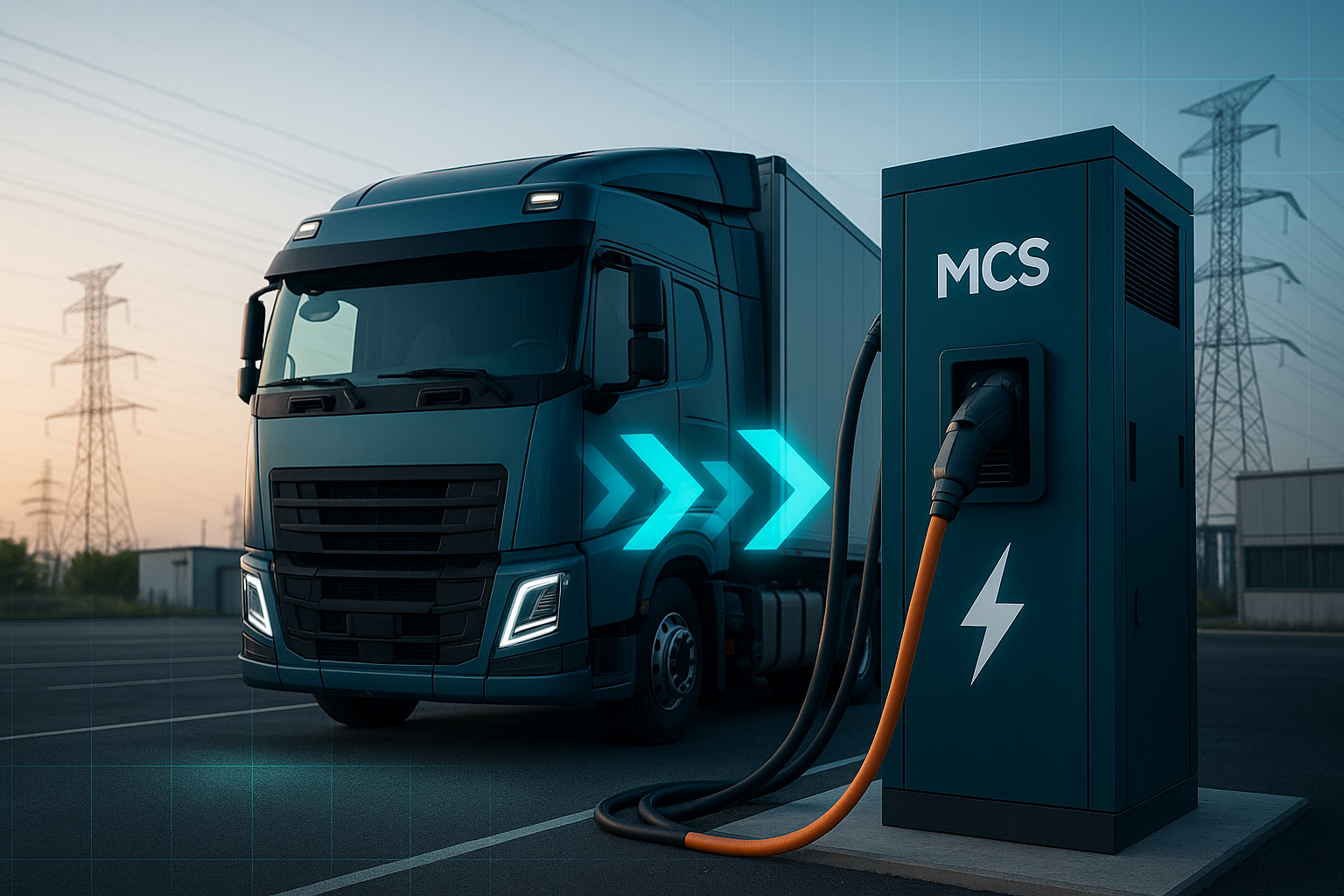Megawatt Charging System (MCS)

What is an MPPT System?
Maximum Power Point Tracking (MPPT) is an electronic system used in solar power installations to optimize the power output from photovoltaic (PV) panels. It continuously adjusts the electrical operating point of the modules or array to ensure the system produces the maximum power possible, regardless of environmental conditions.
Why MPPT Matters
- Maximizes Energy Harvest: Adjusts voltage and current for peak power extraction
- Adapts to Weather Variations: Efficient even during partial shading or cloudy days
- Improves System Efficiency: Especially important in off-grid or battery-coupled systems
- Reduces Payback Period: Increases the return on investment for solar systems
How It Works
MPPT works by measuring the output of the solar panel and dynamically finding the point where the product of current and voltage (I × V = Power) is at its maximum. This point varies based on:
- Solar irradiance (sunlight intensity)
- Temperature
- Panel aging and characteristics
The MPPT controller then adjusts the system voltage to match this ideal point.
Common MPPT Algorithms:
- Perturb and Observe (P&O)
- Incremental Conductance (INC)
- Constant Voltage (CV)
Components of an MPPT System
- Solar Panel Array: The source of DC power
- DC-DC Converter: Boosts or buck voltage to match the maximum power point
- MPPT Controller: Embedded software or hardware logic for real-time optimization
- Battery (Optional): Stores excess power in hybrid/off-grid systems
MPPT in EV Charging & Microgrids
- EV Chargers with Solar Input: Use MPPT to draw max power from rooftop panels
- Microgrids: Improve solar utilization in remote/off-grid areas
- DC Fast Charging Stations: Integrate MPPT modules for high-efficiency solar support
Use Cases
- Residential Solar Systems
- Commercial Rooftop Installations
- Solar-Powered EV Charging Stations
- Off-grid and Remote Solar Microgrids
⚡🚛 Callout: Megawatt Charging Systems are transforming the future of electric transportation — enabling ultra-fast charging for heavy-duty EVs, from trucks to buses to industrial fleets.



